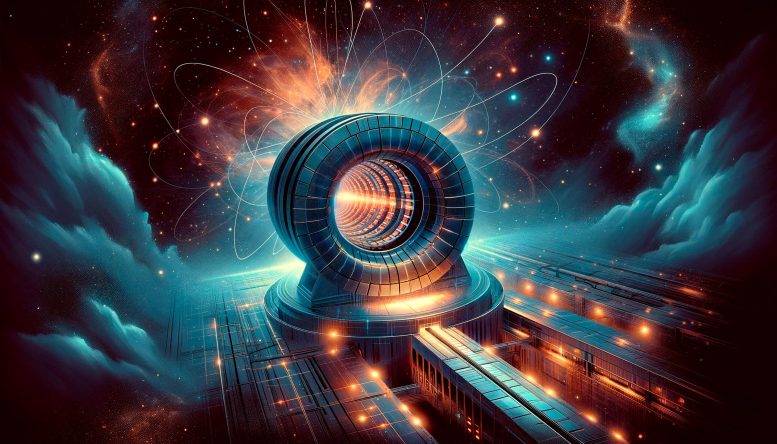
Researchers at CERN’s ATLAS experiment on the Large Hadron Collider have introduced a novel approach to search for Dark Matter through semi-visible jets, marking a significant paradigm shift in the field. Their work provides new directions and stringent upper bounds in the ongoing quest to understand dark matter.
Researchers investigate whether dark matter particles actually are produced inside a jet of standard model particles.
The existence of dark matter is a long-standing puzzle in our universe. Dark matter makes up about a quarter of our universe, yet it does not interact significantly with ordinary matter. The existence of dark matter has been confirmed by a series of astrophysical and cosmological observations, including in the stunning recent pictures from the James Webb Space Telescope. However, up to date, no experimental observation of dark matter has been reported. The existence of dark matter has been a question that high energy and astrophysicists around the world have been investigating for decades.
Advancements in Dark Matter Research
“This is the reason we do research in basic science, probing the deepest mysteries of the universe. The Large Hadron Collider at CERN is the largest experiment ever built, and particle collisions creating big-bang-like conditions can be exploited to look for hints of dark matter,” says Professor Deepak Kar, from the School of Physics at the University of the Witwatersrand in Johannesburg, South Africa.
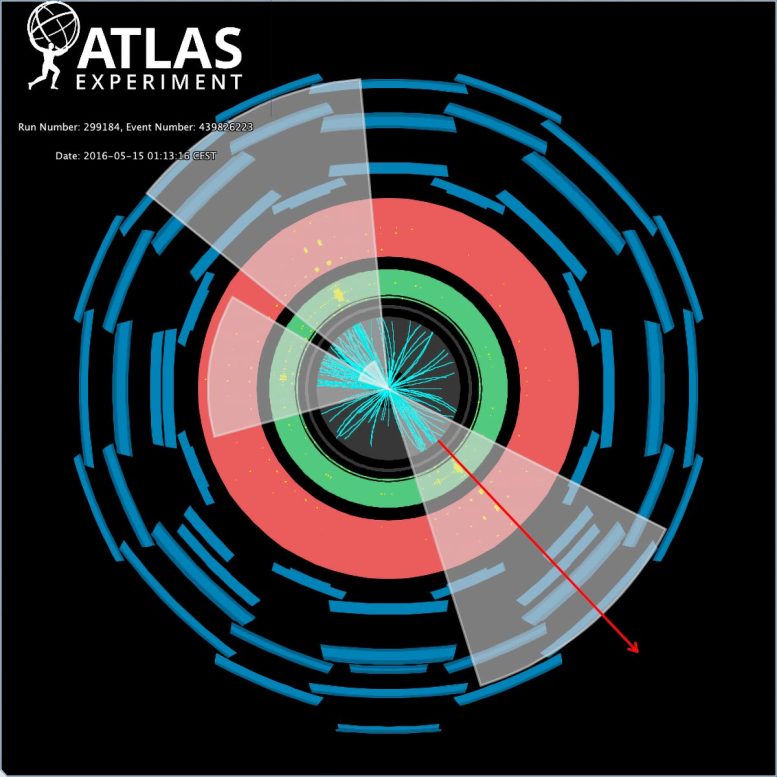
A graphic representation of how semi-visible jets will appear in the ATLAS detector, should they exist. Credit: CERN
Working at the ATLAS experiment at CERN, Kar and his former PhD student, Sukanya Sinha (now a postdoctoral researcher at the University of Manchester), have pioneered a new way of searching for dark matter. Their research has been published in the journal, Physics Letters B.
A New Approach to Unraveling Dark Matter
“There have been a plethora of collider searches for dark matter over the past few decades so far have focused on weakly interacting massive particles, termed WIMPs,” says Kar. “WIMPS is one class of particles that are hypothesized to explain dark matter as they do not absorb or emit light and don’t interact strongly with other particles. However, as no evidence of WIMPS’ has been found so far, we realized that the search for dark matter needed a paradigm shift.”
“What we were wondering, was whether dark matter particles actually are produced inside a jet of standard model particles,” said Kar. This led to the exploration of a new detector signature known as semi-visible jets, which scientists never looked at before.
High energy collisions of protons often result in the production of a collimated spray of particles, collected in what is termed as jets, from the decay of ordinary quarks or gluons. Semi-visible jets would arise when hypothetical dark quarks decay partially to Standard-Model quarks (known particles) and partially to stable dark hadrons (the “invisible fraction”). Since they are produced in pairs, typically along with additional Standard-Model jets, the imbalance of energy or the missing energy in the detector arises when all the jets are not fully balanced. The direction of the missing energy is often aligned with one of the semi-visible jets.
This makes searches for semi-visible jets very challenging, as this event signature can also arise due to mis-measured jets in the detector. Kar and Sinha’s new way of looking for dark matter opens up new directions in looking for the existence of dark matter.
“Even though my PhD thesis does not contain a discovery of dark matter, it sets the first and rather stringent upper bounds on this production mode, and already inspiring further studies,” says Sinha.
The ATLAS Collaboration at CERN has highlighted this as one of the flagship results to come out at summer conferences.
Reference: “Search for non-resonant production of semi-visible jets using Run 2 data in ATLAS” by The ATLAS Collaboration, 11 November 2023, Physics Letters B.
DOI: 10.1016/j.physletb.2023.138324
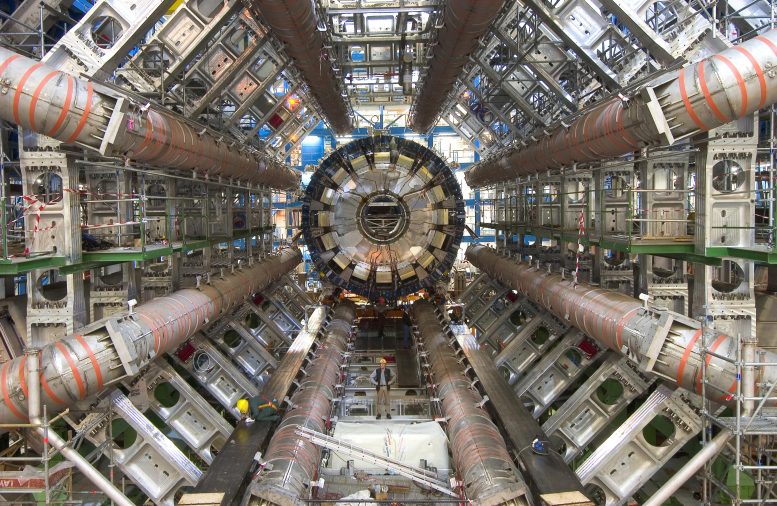
Experiments at the Large Hadron Collider in Europe, like the ATLAS calorimeter seen here, are providing more accurate measurements of fundamental particles. Credit: Maximilien Brice, CERN
The ATLAS experiment
The ATLAS experiment is one of the most significant scientific endeavors at CERN, the European Organization for Nuclear Research. It’s a key part of the Large Hadron Collider (LHC), the world’s largest and most powerful particle accelerator. Located near Geneva, ATLAS stands for “A Toroidal LHC ApparatuS” and is focused on probing fundamental aspects of physics.
ATLAS was designed to explore a wide range of scientific questions. It seeks to understand the basic forces that have shaped our universe since the beginning of time and that will determine its fate. Among its primary goals is the investigation of the Higgs boson, the particle associated with the Higgs field, which gives other particles their mass. The discovery of the Higgs boson in 2012, a joint effort by ATLAS and the CMS (Compact Muon Solenoid) experiment, was a landmark achievement in physics.
The experiment also searches for signs of new physics, including the origins of mass, extra dimensions, and particles that could make up dark matter. ATLAS does this by analyzing the myriad particles produced when protons collide at nearly the speed of light within the LHC.
The ATLAS detector itself is a technological marvel. It is enormous in scale, about 45 meters long, 25 meters in diameter, and weighs about 7,000 tonnes. The detector is made up of various layers, each designed to detect different types of particles produced by the proton-proton collisions. It includes a range of technologies: trackers to detect the paths of particles, calorimeters to measure their energy, and muon spectrometers to identify and measure muons, a type of heavy electron that is key to many physics investigations.
The data collected by ATLAS is immense, often described in terms of petabytes. This data is analyzed by a global community of scientists, contributing to our understanding of fundamental physics and potentially leading to new discoveries and technologies.

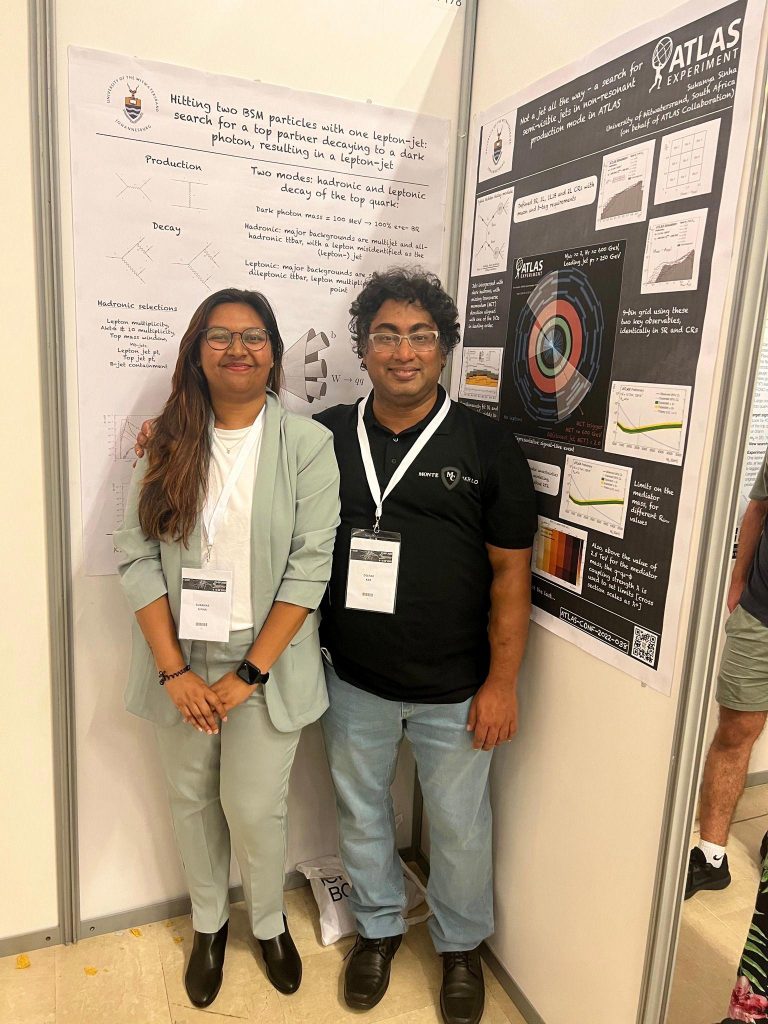
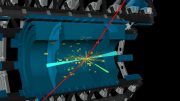


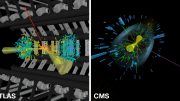
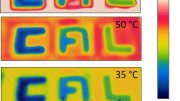
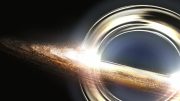

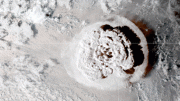
I read this article and noticed the leadup to my own theories I have commented on Facebook recently. At least many of my theories have appeared in some form or another. Much of it significant. This article with the jet matter for dark matter detection comes from my Cosmic Wave Background to detect magnetic field theory. Cosmic Wave Background as I call it of course incorporates jet power as in the Big Bang. I have developed this theory further for an actual detection for dark matter. Much of my theory incorporated magnetic field in the Big Bang conventional theory that left this out completely if one could remember not that far back. I have used magnetic theory extensively and have a new proposal for actual detection for dark matter. This should not be this challenging as it all falls into place. The theory in this article has borrowed my theory and the astrophysicists are on the right track but missing other factors. I have now enough available information to write a book with a good outline. I can narrow down dark matter to identify the subject that is – with the actual experimental discovery. I am interested in a collaboration but with some credit on the subject. Thank you.
According to topological vortex gravitational field theory, observation and measurement are also a form of interaction. It depends on how so-called scholars exclude themselves and apply correct scientific theories to interpret the results of their observations and measurements. Humanity must accept the fact that scientific experiments are limited by nature.
If you are really interested in science, you can browse https://scitechdaily.com/microscope-spacecrafts-most-precise-test-of-key-component-of-the-theory-of-general-relativity/.
There is no such thing as “topological vortex gravitational field theory”. Unless that too refers to personal “theory” and is of no interest regarding the article science.
Dark matter and dark energy are the greatest physical mysteries of modern physics and cosmology. My soon to be published 2nd and 3rd cosmology books will comprehensively explain.
Common “theories” are not scientific theories like those that lie behind Dark Energy-Cold Dark Matter [LCDM] theory of cosmology.
And your personal “theories” are not even common, even less understandable. E.g. “big bang” expansion, whether the initial inflation era or the latter LCDM era which contains matter do not involve “jet energy”. C.f. Wikipedia on those subjects. You seem confused on the nature of science, e.g. scientists will not work or collaborate on non-scientific personal ideas.
Yes.
The science you believe in can reverse two sets of cobalt 60 and work them as mirrors. Continuing to persist will lead to more confusion, more funds, and wealth.
Congratulations.
Reverse the two wheels and consider them mirror each other, which may be more beautiful than your two sets of cobalt 60. That’s how the science you believe in is doing.
Two sets of cobalt 60 rotate in opposite directions to form a mirror image of each other. This is the science that Physics Review Letters (PRL) and you believe in. Please continue working like this, funds and wealth will continue to flow.
This is what you call scientists will not work or collaborate on non-scientific personal ideas.
Blessing you.
Very interesting observation. My coming second and third cosmology books will comprehensively discuss Dark Matter and even explain its ultimate nature.
to know how dark matter is created is half of the story we are also looking to see if dark matter is a remnant segment of particle debris.
I see a compromise for science is Dark matter and energy worth the extreme efforts, I am always interested in discovery, but is it so bad to put aside dark matter for review and work more on tangible explanations of science. Our physics principle at work
Interesting angle of research to continue the story of dark matter particle hunt or the discovery.As,dark matter can only be manifested by the force of gravity,commonly viewed between two galaxies have an angle of separation defining the extra set of space coordinate system.Thus,gravity as defined by dark matter has part in the evolution of galaxy.
The more alternative searches fails, like this and the also newly published search for “hidden photons”* fails, the more the simplest remaining dark matter candidate of sterile neutrinos looks promising.
Nitpick: Of course dark matter has been experimentally observed, in various cosmological and astronomical “experiment” observations. What this complementary research is aiming for is more detail of the nature of dark matter.
* Especially ultralight candidates such as those seems stillborn. Cosmological detections are of massive, “cold”, dark matter. [“The hunt for dark-matter particles ventures into the wild
Sensors deployed at magnetically quiet rural sites looked for axions and ‘hidden photons’ — with no luck yet.”, Nature.]
Typo: “The more alternative searches fails, like this and the also newly published search for “hidden photons”* fails,” was meant as The more alternative searches, like this and the also newly published search for “hidden photons”*, fails… .